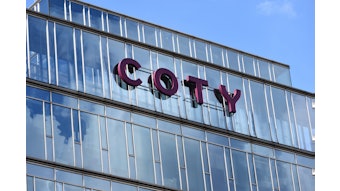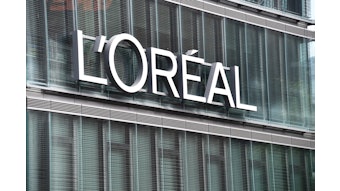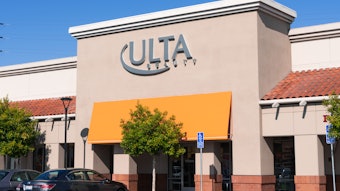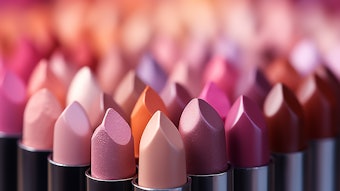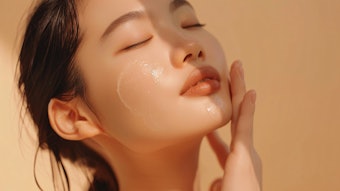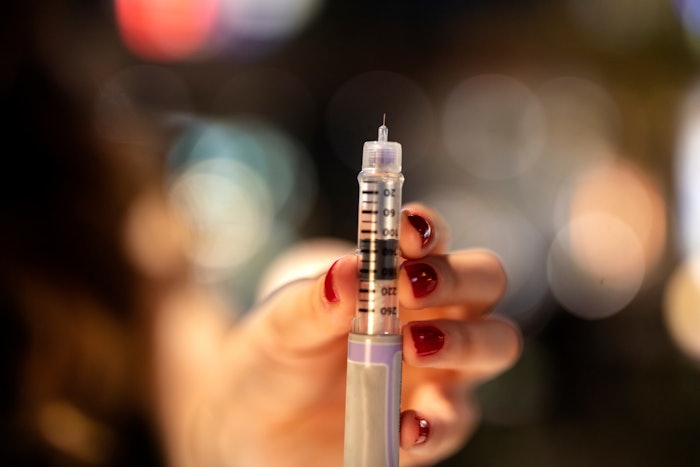
The rise in GLP-1 drug usage, such as Ozempic, is influencing beauty sales in notable ways. According to Circana data, individuals using these medications—for diabetes, weight loss, or other purposes—purchase women’s fragrances, hair stylers, skin care products, and lip cosmetics at significantly higher rates during their first year on the drugs compared to their pre-medication habits.
nazif at Adobe Stock
The combined U.S. beauty and wellness market grew 5% in 2024, totaling $225 billion, per Circana data presented at the annual CEW state of the industry event*. Interestingly, while pure-play beauty (ex: makeup, hair care, etc.) and pure-play wellness (ex: nutritionals, supplements, oral care, weight control, etc.) grew 3% and 5%, respectively, wellness-beauty hybrids (ex: sun care, acne treatments, shampoos, deodorants and soaps) grew by 6%, pointing to an advantage for hybrid offerings. But the impact of the wellness-beauty interface is far bigger than these trends reveal, including a GLP-1 drug-driven uptick in beauty spending.
Across all households, the dollars spent on wellness products, including vitamins, supplements and weight control/nutritional products, are up 8.5% year-over-year. For mass beauty buyers, that increases to 8.6%. But for prestige shoppers? That increase totals 12%. This offers a clear opportunity for beauty brands to further tie into wellness benefits.
The rise in GLP-1 drug usage, such as Ozempic, is influencing beauty sales in notable ways. According to Circana data, individuals using these medications—for diabetes, weight loss, or other purposes—purchase women’s fragrances, hair stylers, skin care products, and lip cosmetics at significantly higher rates during their first year on the drugs compared to their pre-medication habits.
While scientific evidence is still emerging, there are anecdotal signals that GLP-1 drugs enhance mood, while diminishing anxiety and depressive symptoms. If that is indeed correct, perhaps the increased use of beauty products could be expected, alongside the better self-image reported by many GLP-1 users.
GLP-1 services are also reshaping the medspa and professional skin care space.
According to QSight and Circana data, medispa professional-grade skin care dollar sales fell by $841 million in 2024, representing a decline of 5% year-over-year, while skin rejuvenation services fell 4%.
Notably, all medispa services—including surgeries, neurtoxins, dermal fillers, energy-based devices, skin rejuvenation and more—declined slightly or remained flat, except for weight-loss/dietary services.
Previously, Global Cosmetic Industry sister publication, MedEsethetics, reported, “Recent data from Guidepoint Qsight reveals that GLP-1 medications for weight loss have reshaped the aesthetics market, with revenue at practices offering GLP-1 treatments increasing by an average of 9%, compared to a 2% decline at practices that did not offer these drugs.”
Notably, 70% of medspa consumers are Gen X, 41% of which were born between 1965 and 1980.
*This report is based on insights derived from CEW’s State of the Industry: Global Trend Report 2025 (among other sources), which covered key industry trends for 2025 with insights from top experts:
- Sarah Jindal (Mintel): 3 key consumer trends for 2025.
- Leslie Ann Hall (Iced Media): Strategies for future-proofing social shopping success.
- Tara James Taylor (NielsenIQ): Must-know global trends.
- Joëlle Grünberg (McKinsey & Company): Luxury and retail growth insights and their impact on beauty.
- Yarden Horwitz & Sam Mintz (Google & Spate): Gen Z's influence on beauty trends.
- Larissa Jensen (Circana): Year-in-review report on beauty industry performance.

